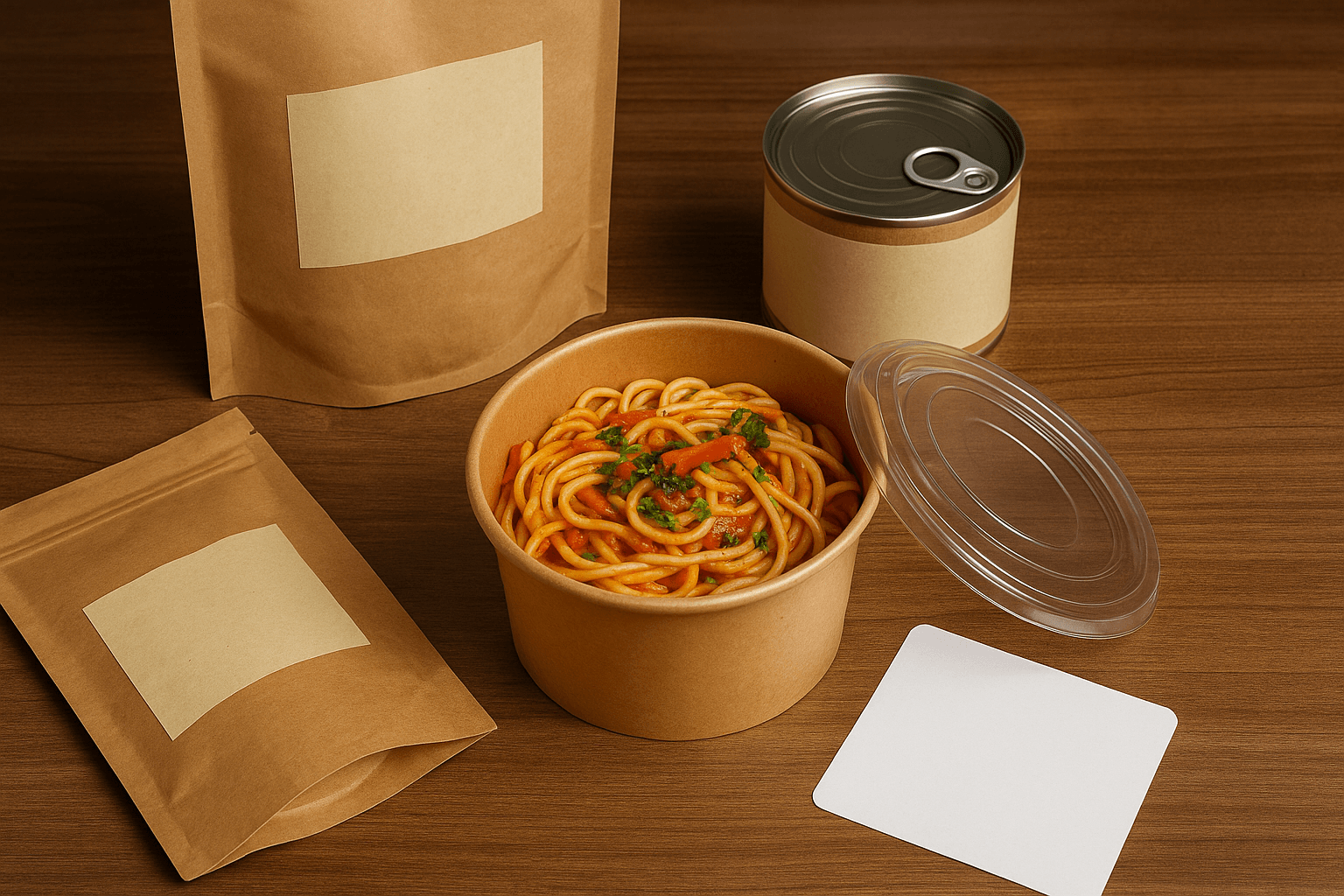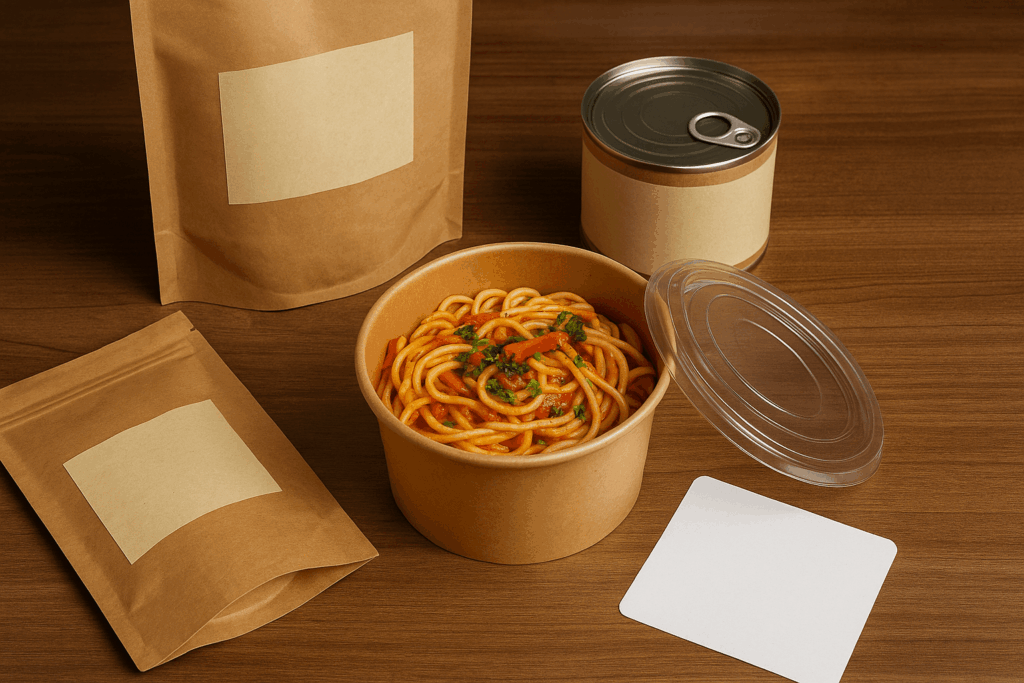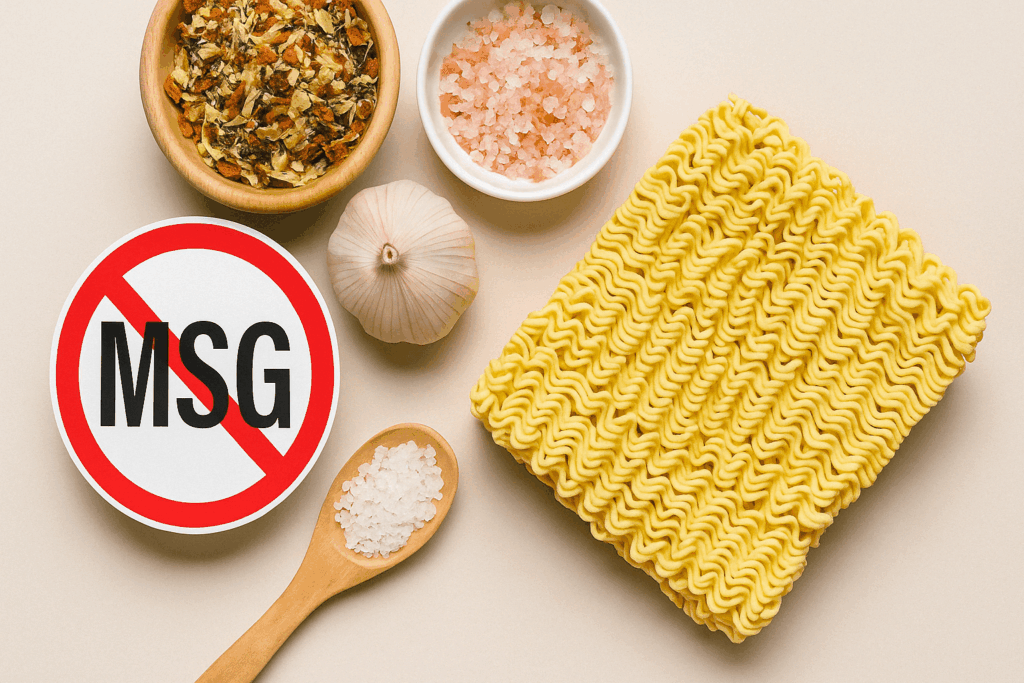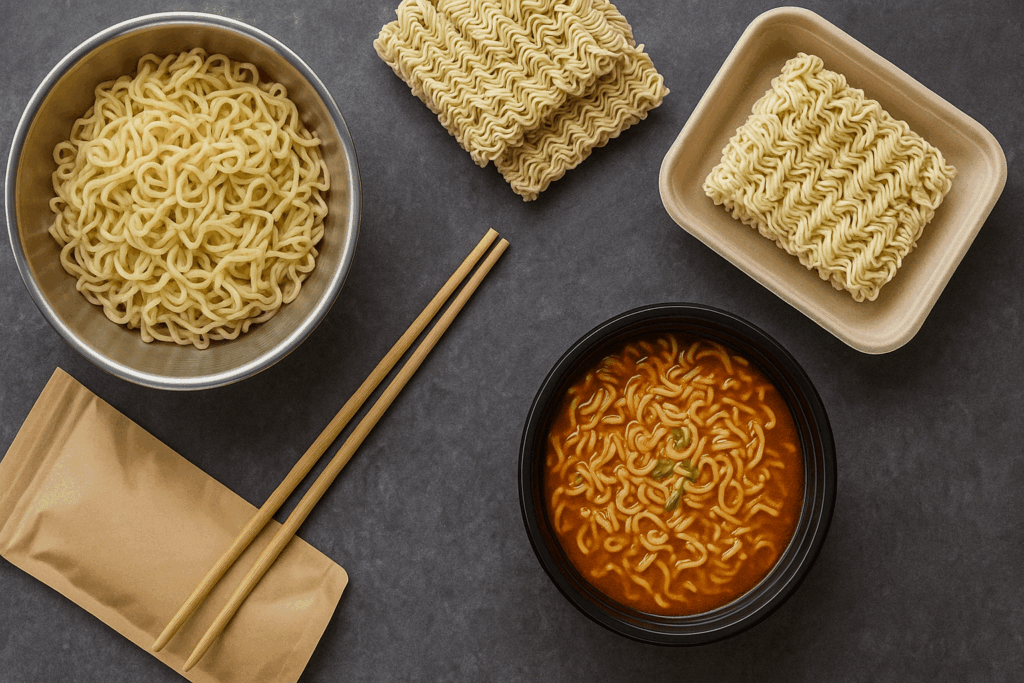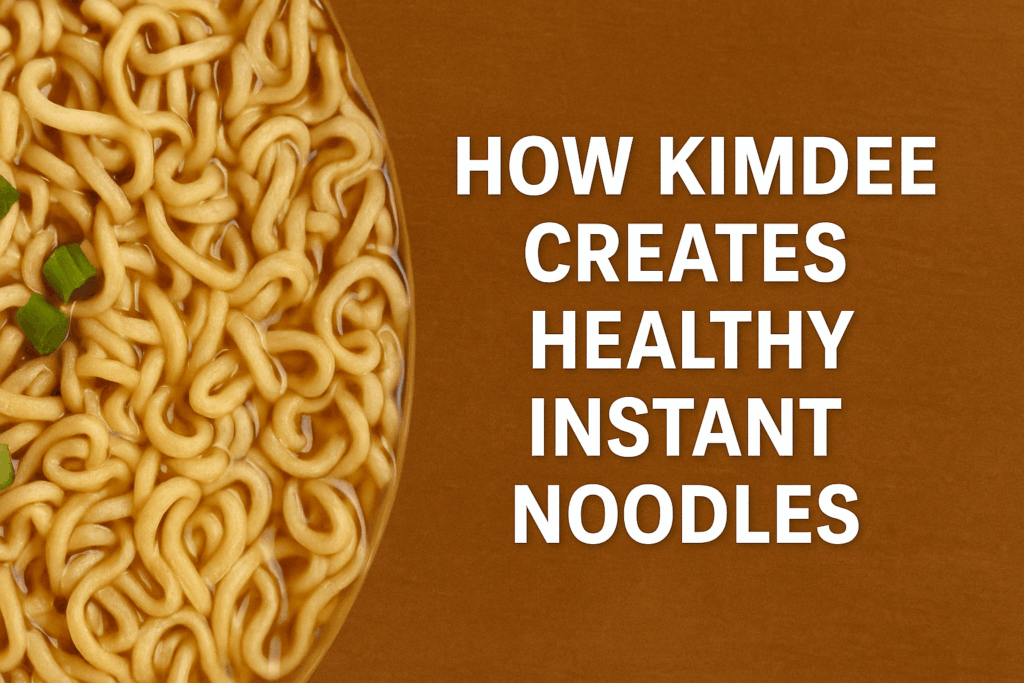If you’re planning to export your private label instant noodles or ready meals, your packaging isn’t just about design — it’s about compliance.
Without the right information on your label, your shipment can be delayed, rejected, or even banned from entering foreign markets.
At Kimdee, we help food brands prepare fully export-compliant packaging for the EU, US, and other regulated regions — so your products reach shelves fast and without issue.
Here’s what you need to know about creating food export packaging that passes inspection and builds trust.
1. Know the Labeling Laws in Your Destination Market
Each country has its own regulations, but EU and US markets share these common food label requirements:
| Requirement | Description |
|---|---|
| Product Name | Clearly describe what the item is (e.g., “Instant Noodles – Spicy Chicken”) |
| Net Quantity | Weight or volume in metric (EU) or imperial (US) units |
| Ingredients List | Descending order by weight, including additives |
| Allergen Declaration | Bold or highlighted for allergens (e.g., soy, wheat, eggs) |
| Nutritional Info | Standard format panel (EU: per 100g/ml, US: per serving) |
| Date Marking | “Best before” (EU) vs. “Expiration date” (US) |
| Storage Conditions | E.g., “Keep in a cool, dry place” |
| Manufacturer Info | Name, address, and country of origin |
| Barcode / Lot Code | GS1 barcode + batch tracking for recall safety |
👉 Read more about how we help food brands stay compliant
✅ 2. Translate & Localize Your Labels
Labels must be printed in the official language(s) of the destination market.
EU: Country-specific (e.g., French + Dutch in Belgium)
US: Must be in English
UAE / Middle East: Dual language (English + Arabic)
If you’re exporting to multiple countries, we help you adapt packaging per market — and prevent errors that could hold up customs.
✅ 3. Use Export-Compliant Packaging Materials
Beyond the label, the packaging itself must meet export expectations:
Material Safety: Food-grade, BPA-free, compliant with FDA or EU migration standards
Durability: Resistant to temperature changes, crushing, or breakage in transit
Tamper Evident: Recommended for ready meals or medical-related products
Eco-Friendly: Many buyers now require recyclable or compostable options
At Kimdee, we offer standard and sustainable OEM food packaging solutions that meet global food safety certifications.
✅ 4. Avoid These Common Export Label Mistakes
| Mistake | Impact |
|---|---|
| ❌ Font size too small | Ineligible for sale in major EU retailers |
| ❌ Missing allergen info | Customs rejection or fines |
| ❌ Misleading claims | Risk of delisting or legal issues |
| ❌ Incorrect barcode format | Failure in logistics chain |
✅ We pre-verify all packaging elements before production — reducing risk and delays.
✅ Why Export-Ready Brands Work with Kimdee
Custom packaging design with compliant templates
In-house label review for export rules
Multi-language label generation
Low MOQ for pilot launches
Full OEM production + international shipping
We ensure every product is retail-ready, region-compliant, and efficiently packaged for global distribution.
📩 Get started: carlng@kimdeefoods.com
🔗 Start your export packaging project
❓ Frequently Asked Questions
Q1: What’s the difference between EU and US labeling requirements?
A: EU focuses more on per-100g nutrition panels and multilingual labeling. US requires “Nutrition Facts” in a specific layout, allergen info, and English-only text.
Q2: Can I use the same packaging for all countries?
A: No. Labels must be localized per region — including units, languages, and claims. Kimdee helps you adapt efficiently.
Q3: What happens if my packaging isn’t compliant?
A: Your shipment may be delayed, fined, or rejected at customs — costing time and money.


